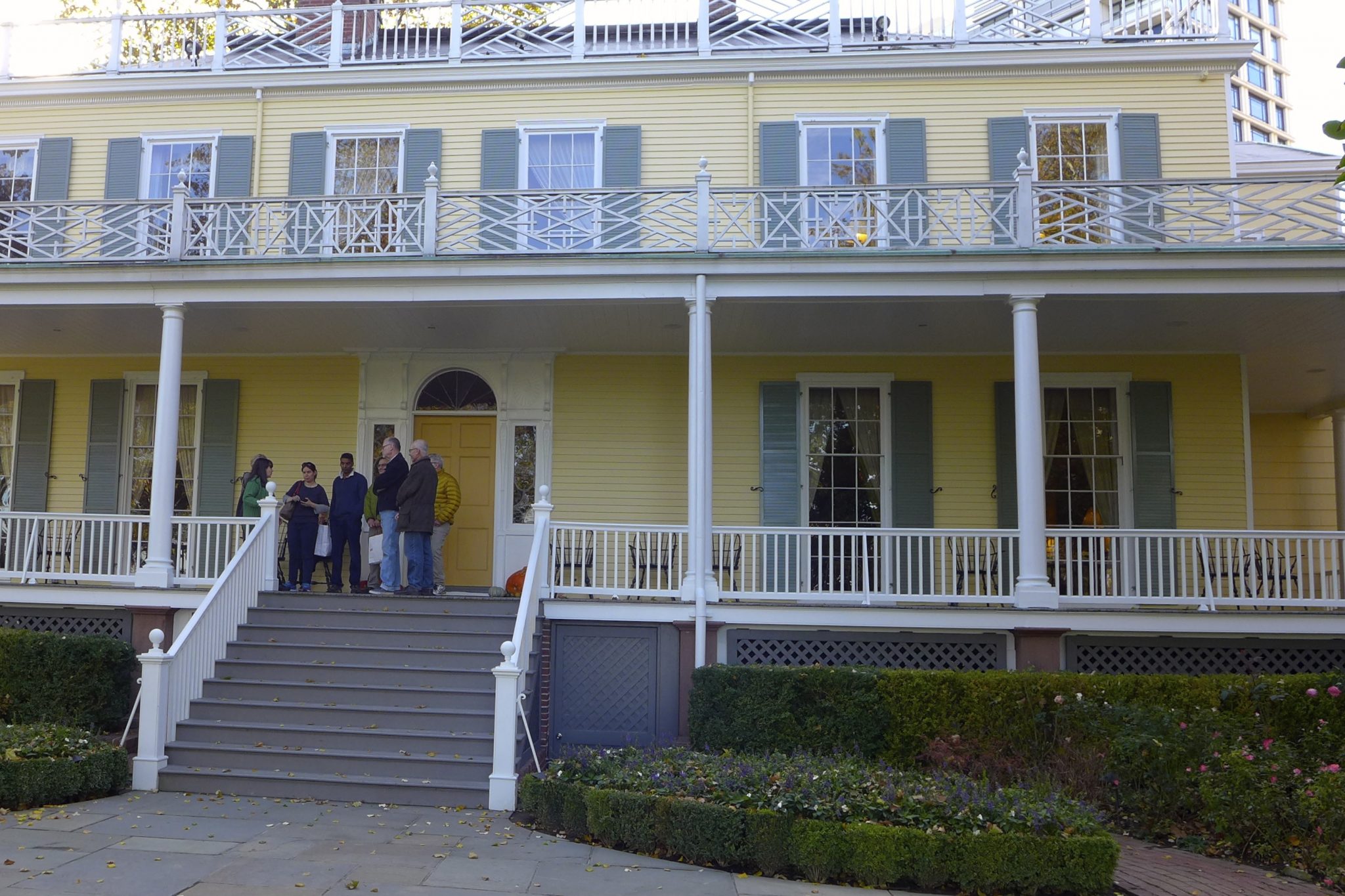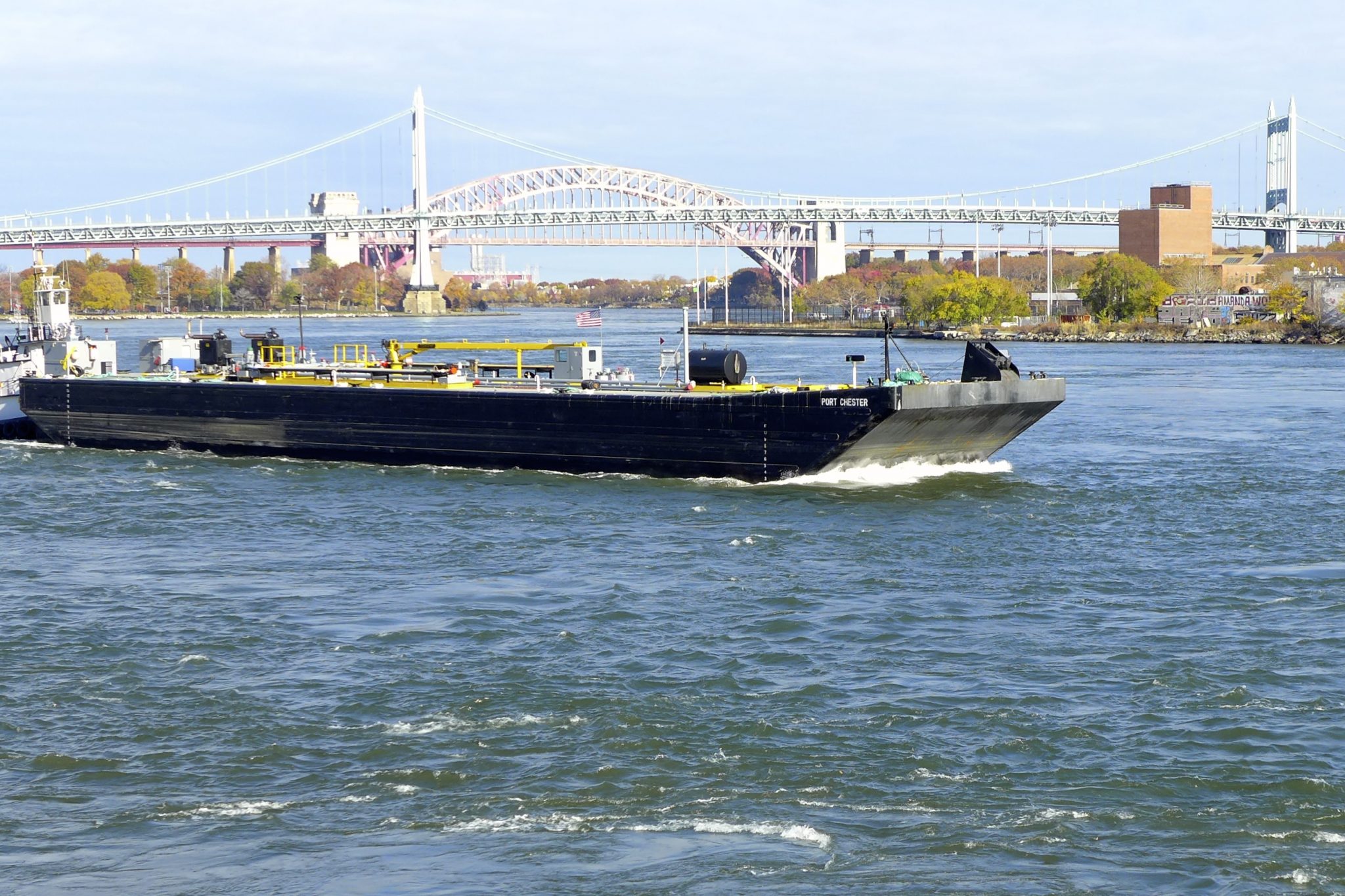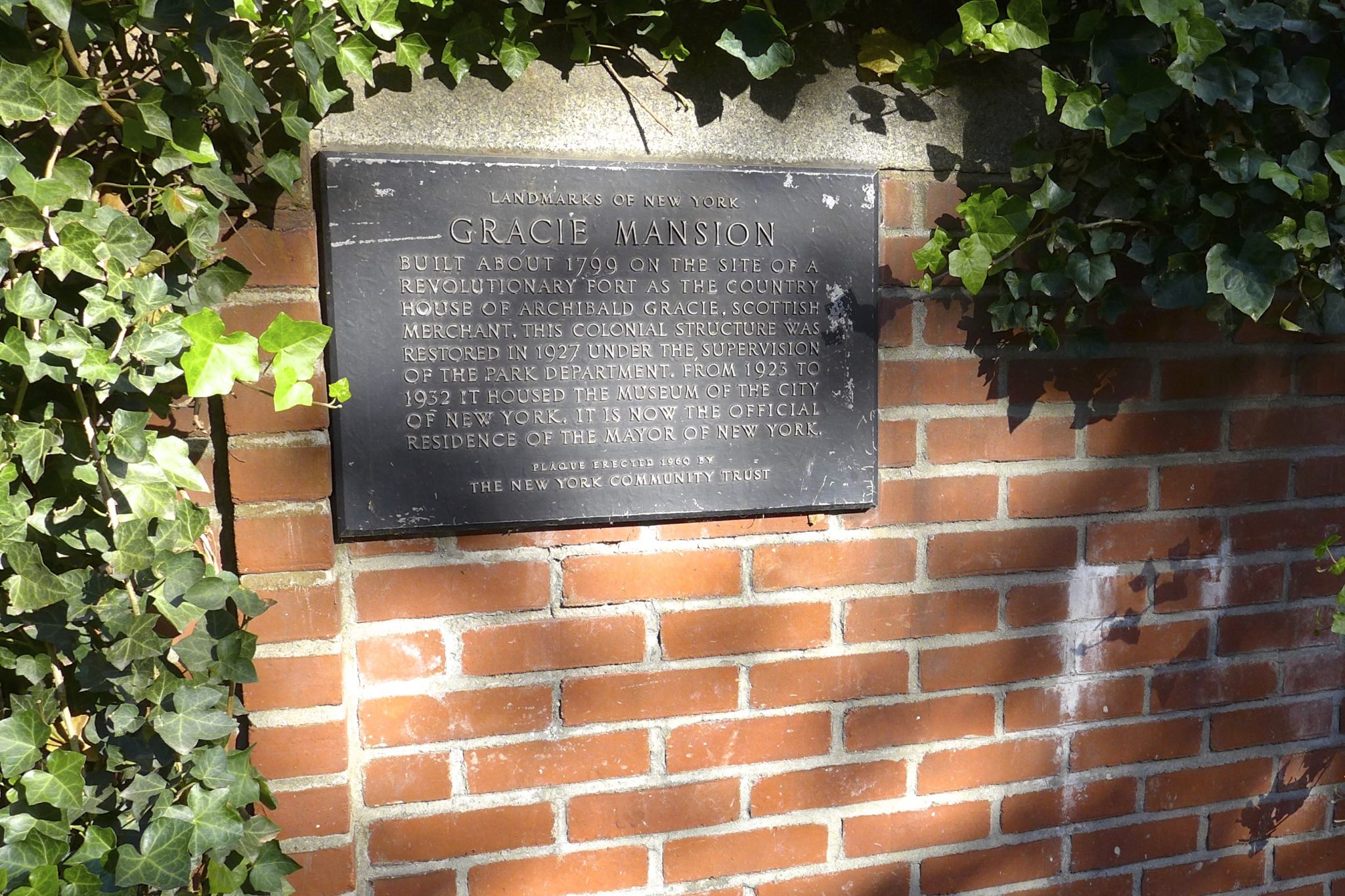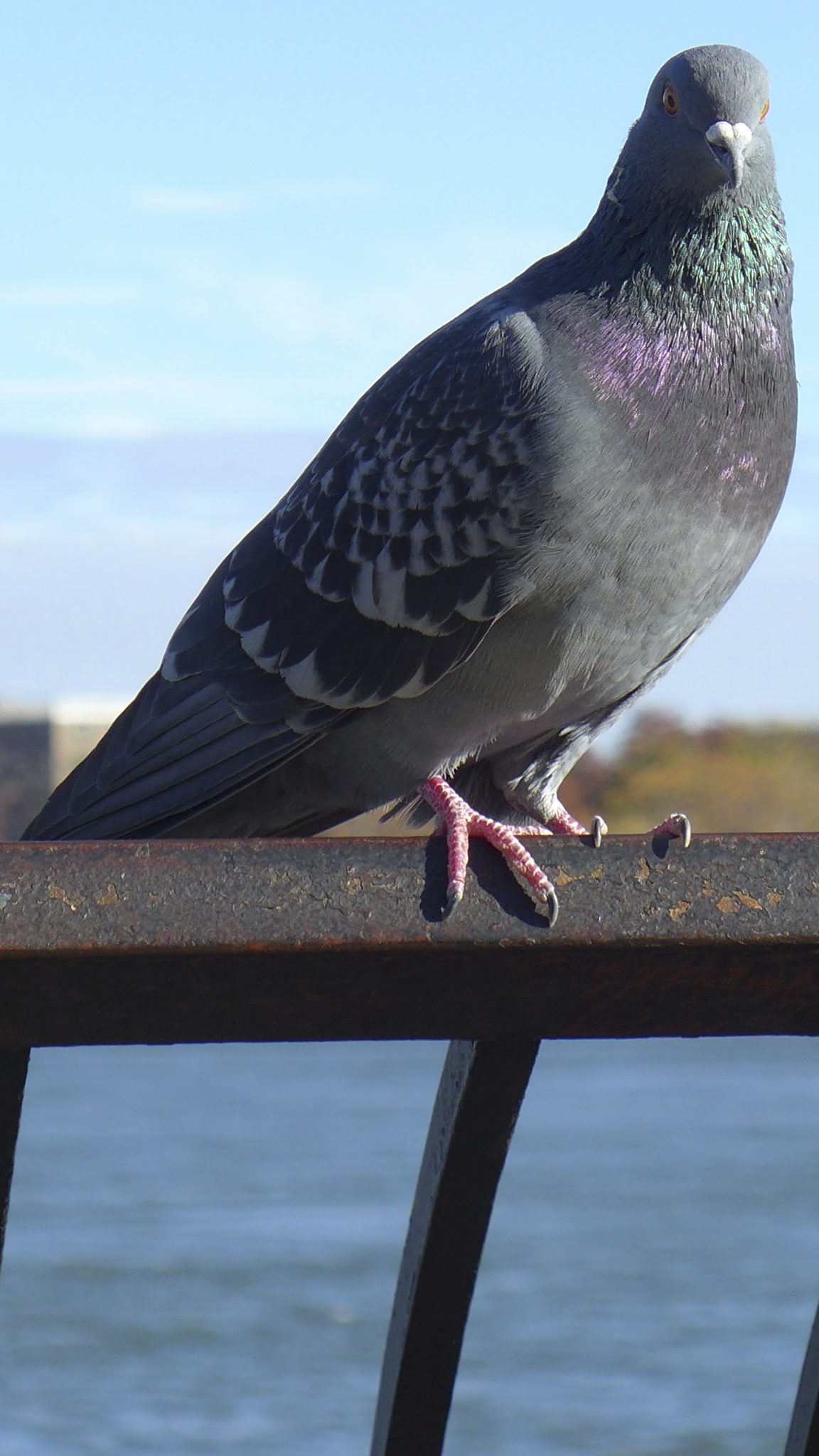Say Goodnight, Gracie
After touring Gracie Mansion post-Election Day, my immediate thought was, “If the de Blasios move in, I believe they’ll redecorate.”
Situated on the East River at the intersection of 88th Street and East End Avenue, the house is lovingly maintained by The Gracie Mansion Conservancy. Sporting a color palette that could easily be described by a paint manufacturer as Federal Frolic, it’s an elegant reminder of our revolutionary past.
Located at the intersection of 88th Street and East End Avenue, the house has a spectacular view of Hell Gate, where the East River, Harlem River and Long Island Sound meet and produce notoriously dangerous currents. Considered strategically important during the Revolutionary War, Washington’s army maintained a fort on the site that was overrun by the British. On one of the fireplace mantels is a cannonball that was discovered during an excavation on the property.
Shipping magnate Archibald Gracie built the original mansion in 1799; due to a reversal of fortune, he had to sell it in 1823 (a 19th-century short sale?). Two other families owned it prior to the city acquiring the home and the surrounding 11 acres that were used to create Carl Schurz Park.
Gracie Mansion served as the park’s original comfort station and storage facility until someone said “duh.” That someone was Robert Moses, the primary architect of New York’s urban landscape who is not generally regarded as a preservationist (“Those who can, build. Those who can’t, criticize.”). For six years the house served as the original Museum of the City of New York. When the museum was relocated, Moses championed the designation of the house as the official mayoral residence and its first occupant was Fiorello La Guardia in 1942.
The house was expanded at the request of First Lady Susan Wagner in the sixties. Sadly, she passed away before the construction was complete. A stunning portrait of her hangs in one of the parlor rooms. The Gracie Mansion Conservancy, a non-profit organization committed to the preservation of “The People’s House”, was established in 1981 by Mayor Ed Koch. Koch, who is generally associated with the tiny, rent-controlled apartment he maintained in the Village, loved the home: “I said you can get used to posh very quickly…And I did.” He often conducted meetings on the grand front porch. After his death earlier this year, Koch’s family sat shiva in the mansion.
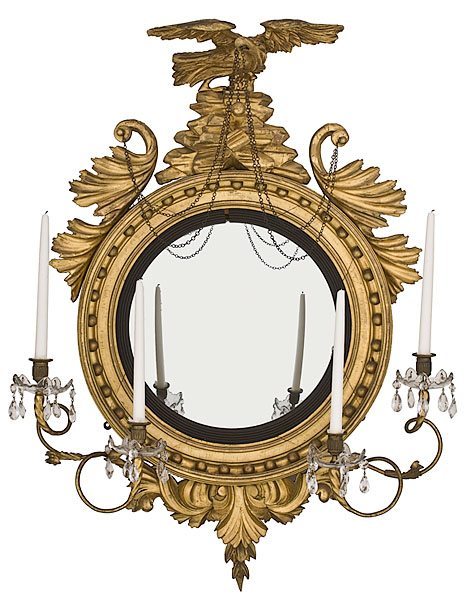
Information about Gracie Mansion tours is available at NYC.gov. They run on Wednesdays at 10, 11, 1 and 2 and last approximately 45 minutes. Admission is $7 and reservations are required. A terrific article about the 2002 renovation of the house is in Architectural Digest.

